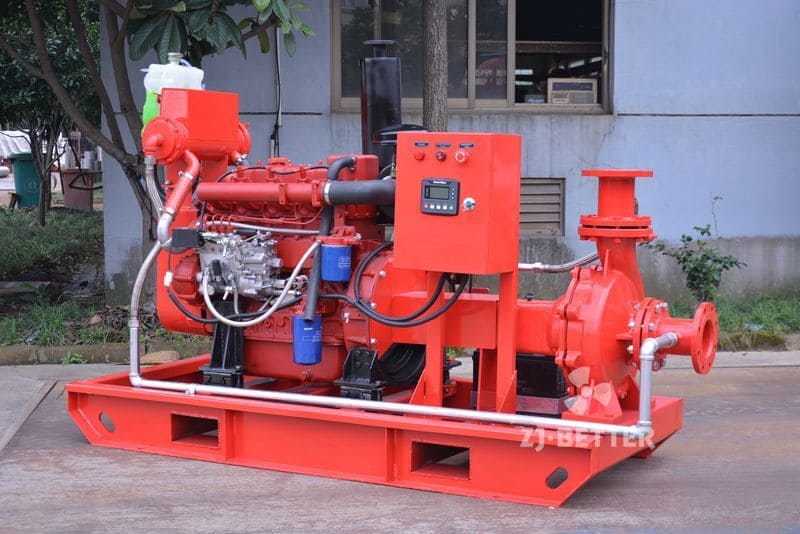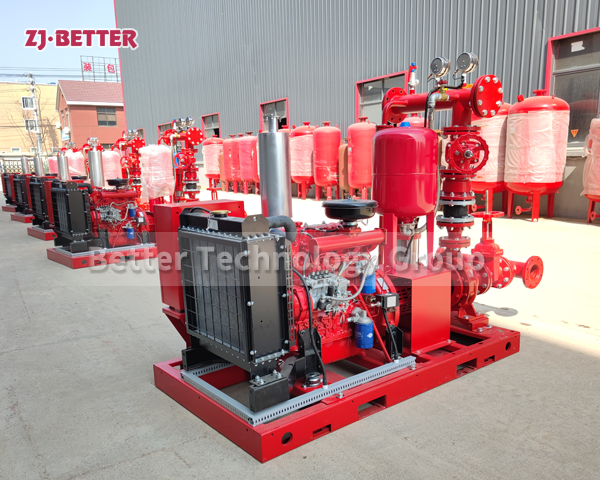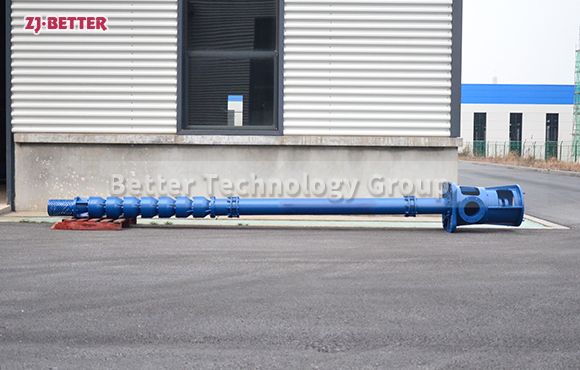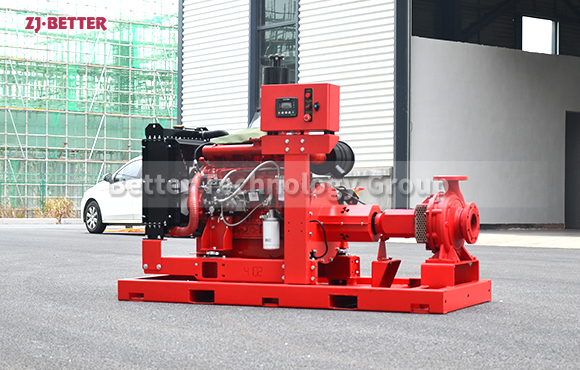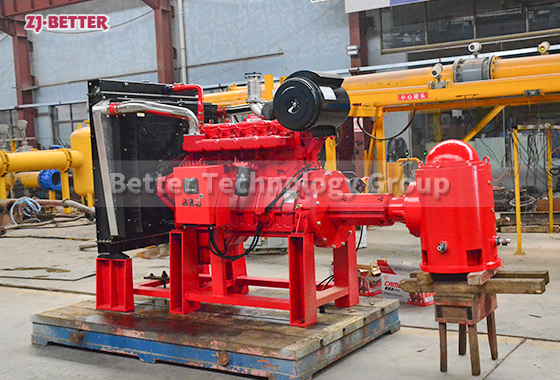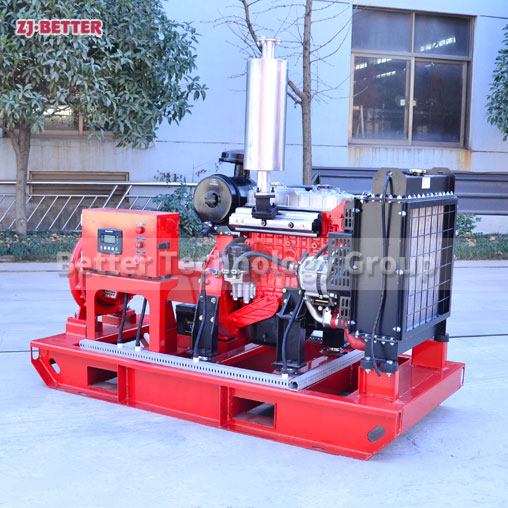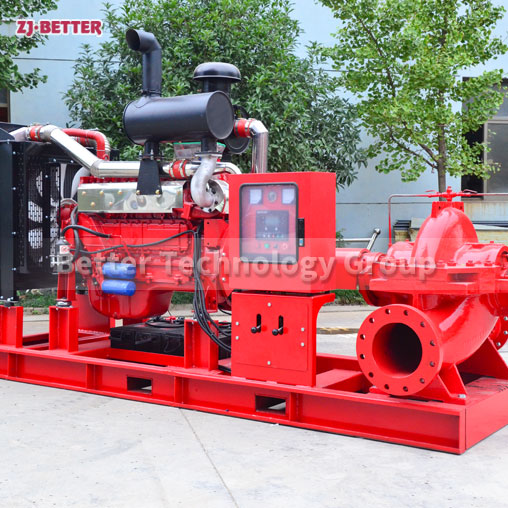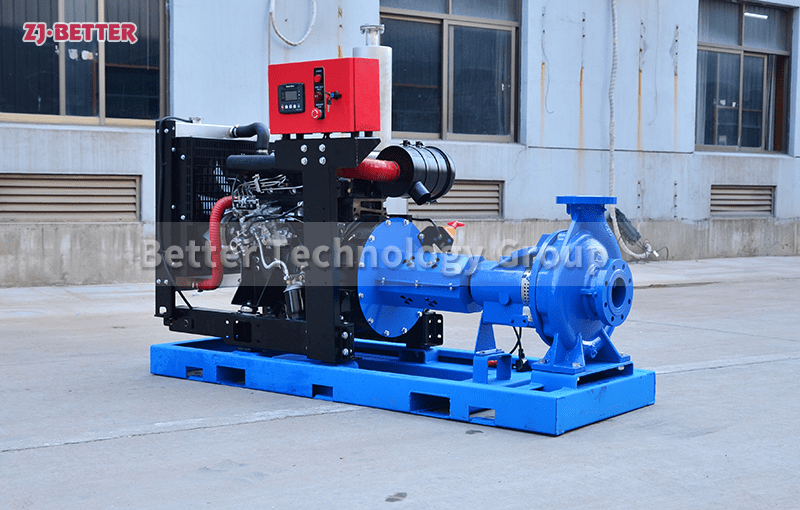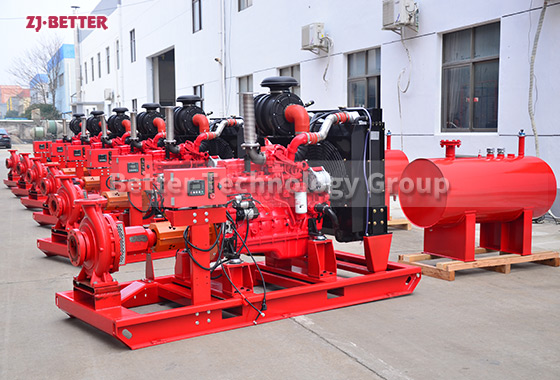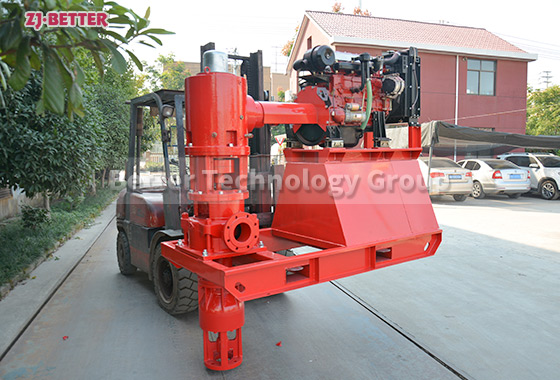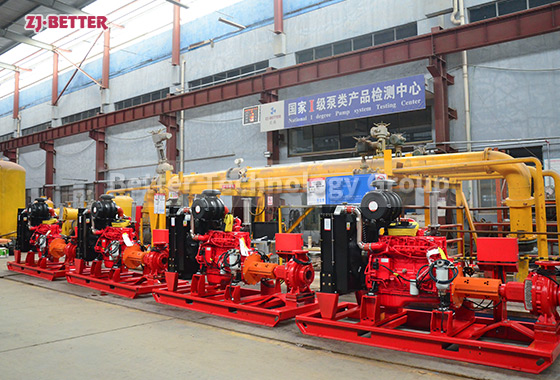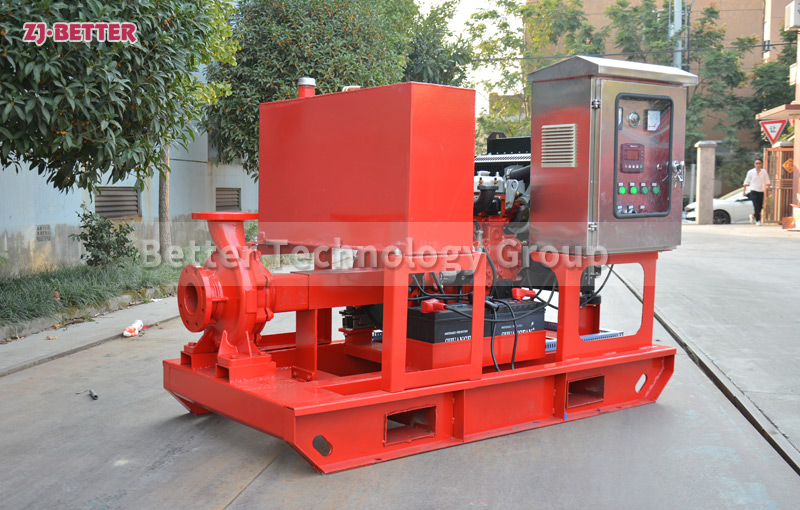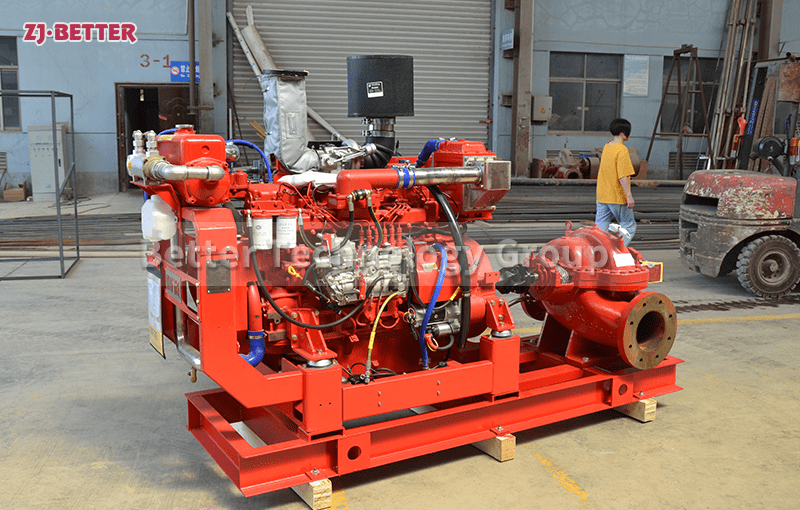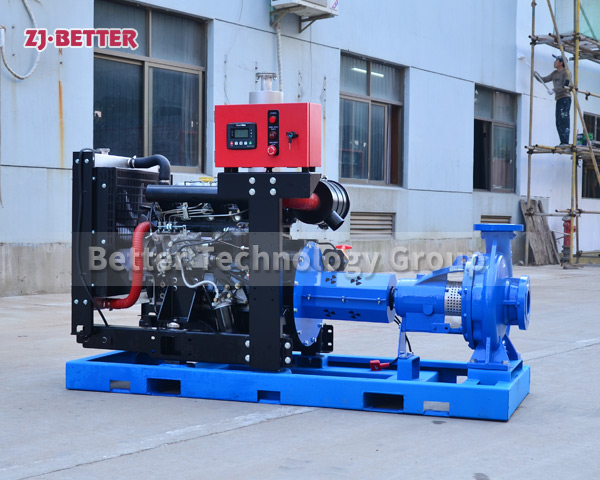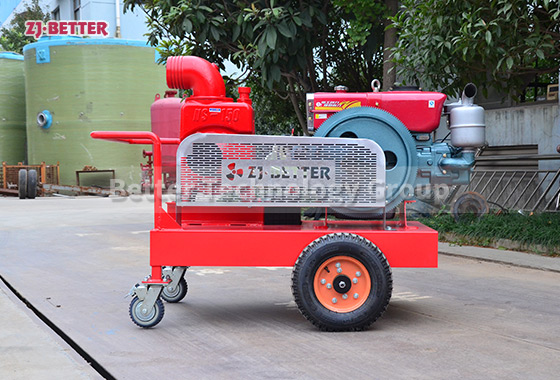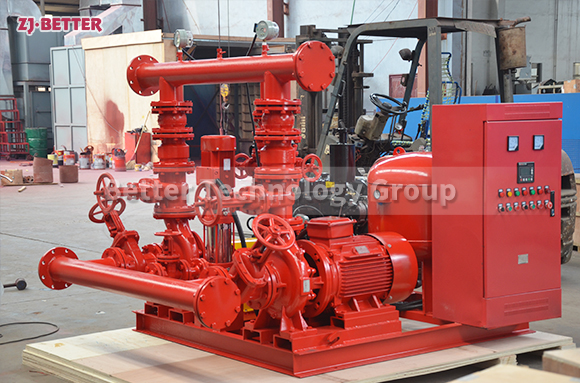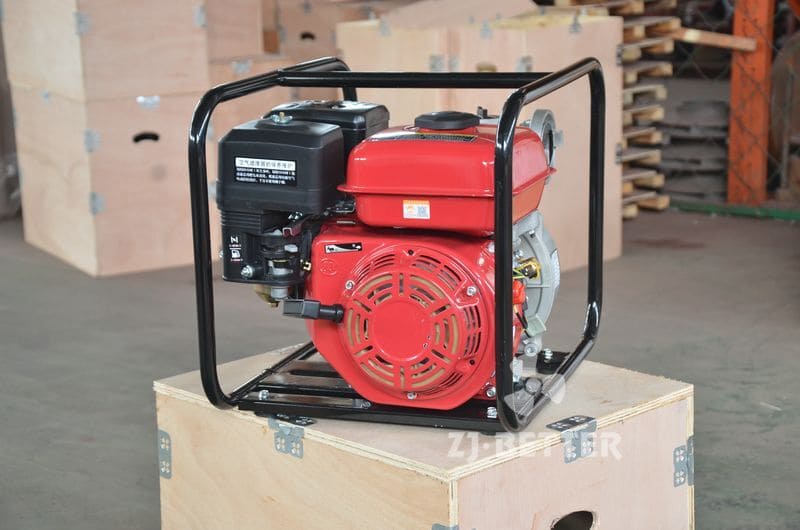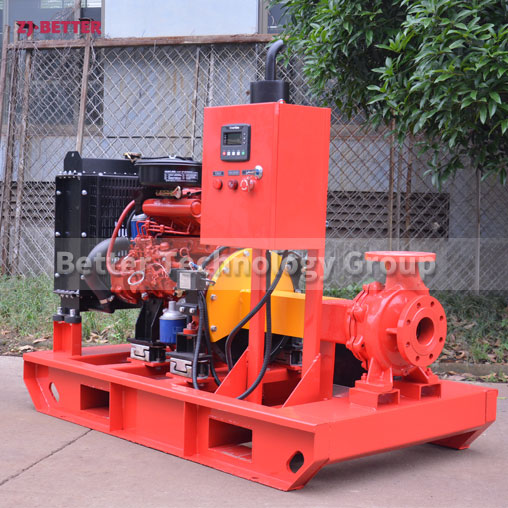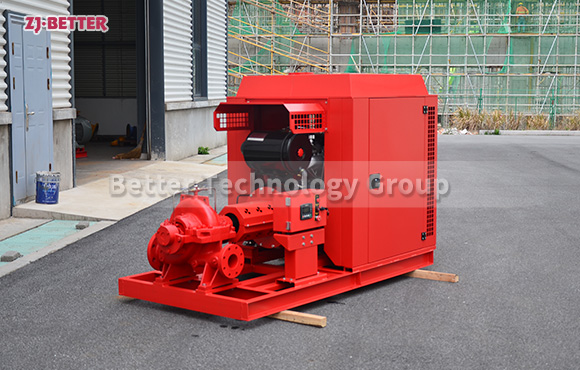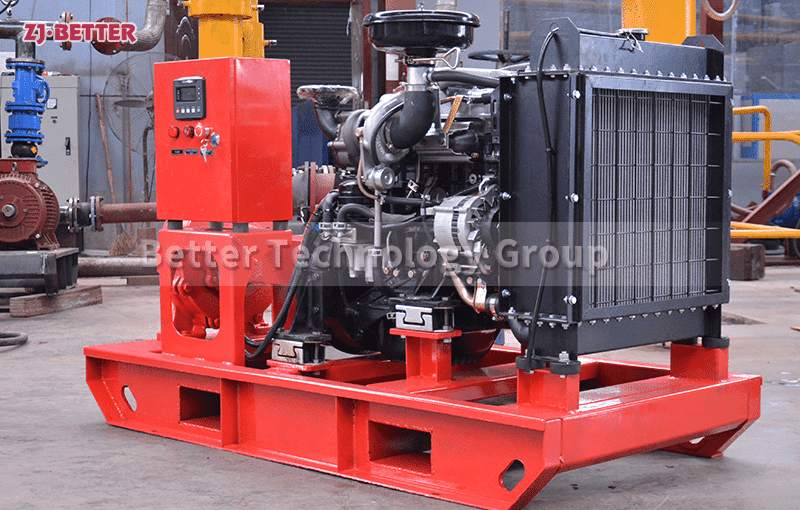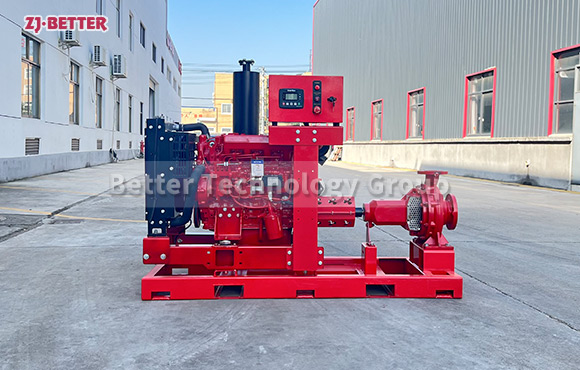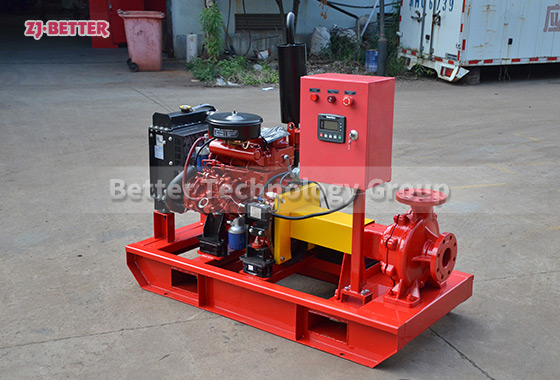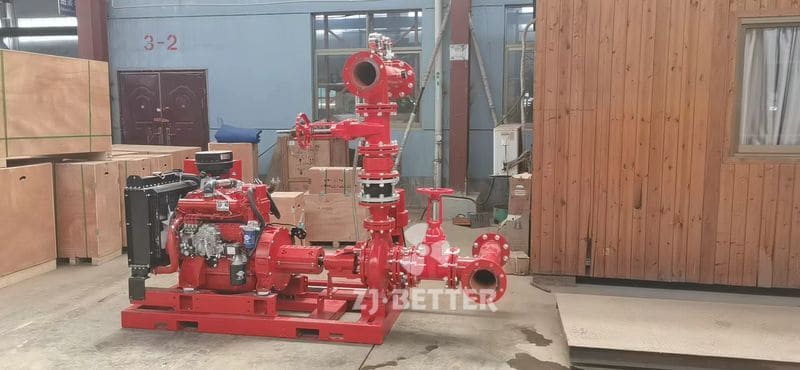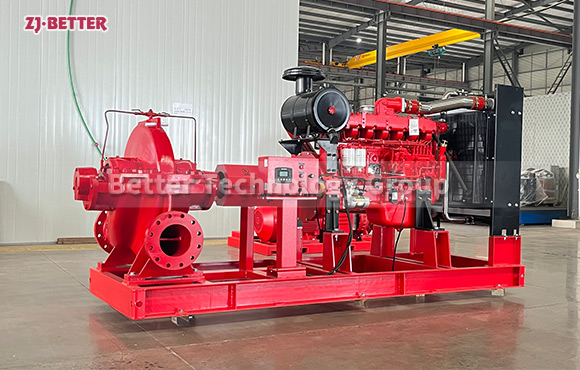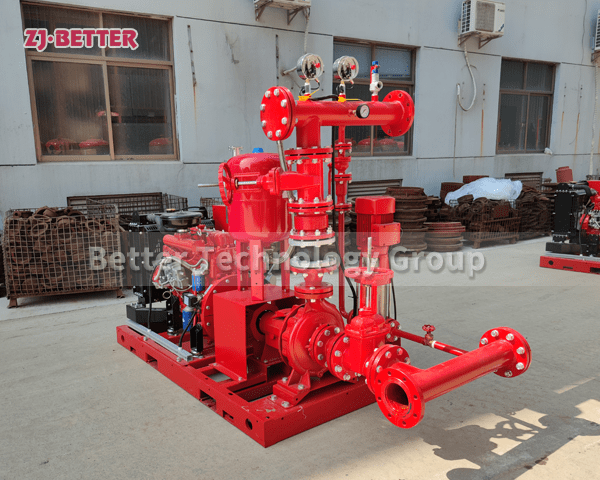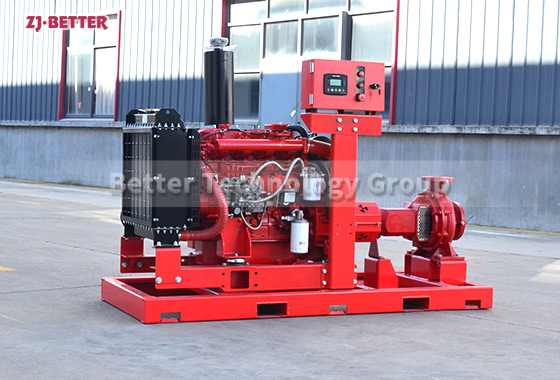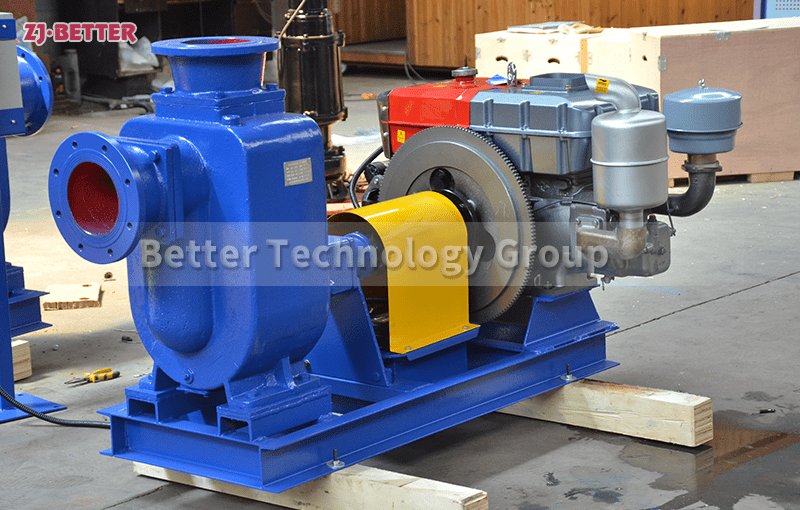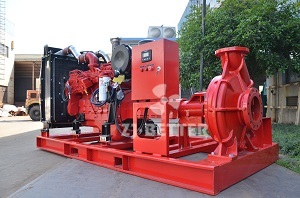
The diesel engine pump test
As the last line of defense of the whole fire protection system, the diesel pump plays a vital role in daily work. Whenever a fire breaks out in the case of power failure in the building, all the fire protection systems will be paralyzed. The diesel pump needs to control the spread of the fire before the firefighters arrive, so the test of the diesel fire pump needs to be carried out strictly.
The detection of diesel fire pump is generally divided into two types according to specific conditions:
1. Comprehensive detection – routine speed detection: simulate the actual situation of fire water supply for a period of time, detect the whole process of normal startup and operation, and prevent solenoid valve failure.
2. Low speed self inspection: conduct local inspection on the fire pump to prevent corrosion of the fire pump.

